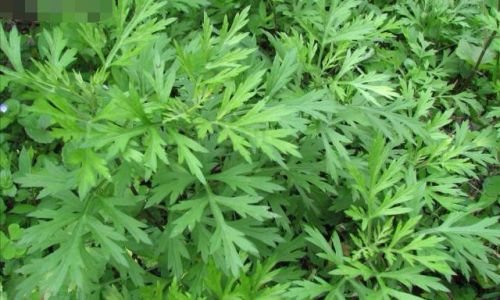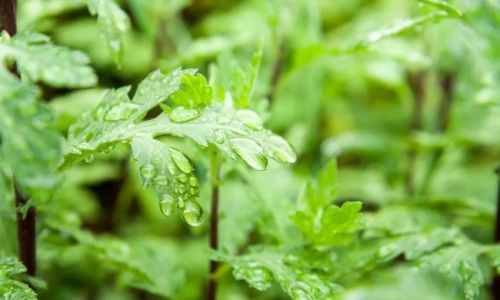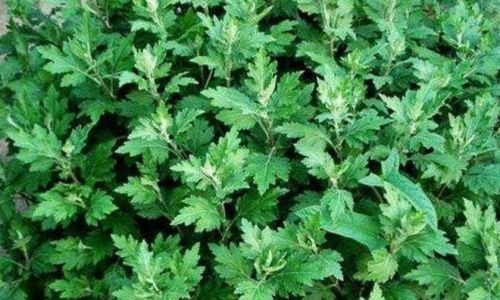Table of content
Introduction
Wild mugwort (Artemisia vulgaris), also known as common mugwort or simply mugwort, is a perennial herbaceous plant belonging to the Asteraceae family. It has been used in traditional medicine, culinary practices, and cultural rituals across various civilizations for centuries. Mugwort’s aromatic leaves and stems are packed with nutrients and bioactive compounds that offer a range of health benefits. However, consuming wild mugwort requires caution and knowledge to ensure safety and maximize its nutritional value. This comprehensive guide aims to educate readers on how to safely and effectively incorporate wild mugwort into their diets.
Understanding Wild Mugwort
Before diving into how to consume wild mugwort, it’s crucial to understand what it is and where it grows. Wild mugwort is easily identifiable by its silvery-white, downy leaves and its distinctive aroma, which is often described as similar to sage but with a hint of camphor. The plant prefers sunny, disturbed areas such as roadsides, fields, and wastelands. It can grow up to three feet tall and has a sprawling habit, making it a prominent presence in its habitat.
When harvesting wild mugwort, it’s essential to ensure you are picking the correct plant. Mistaking mugwort for other similar-looking plants, such as wormwood (Artemisia absinthium), could lead to unwanted health effects due to their different chemical compositions. Always confirm your identification with a reliable field guide or an expert before consuming any wild plant.
Nutritional and Health Benefits
Wild mugwort boasts an impressive array of nutrients and bioactive compounds that contribute to its health-promoting properties. It is rich in vitamins A, C, and K, as well as minerals like calcium, iron, and magnesium. Mugwort also contains essential oils, flavonoids, and terpenes, which are known for their antioxidant, anti-inflammatory, and antimicrobial activities.

Some of the potential health benefits associated with consuming wild mugwort include:
-
Digestive Support: Mugwort’s bitter taste stimulates digestive enzymes, aiding in better digestion and nutrient absorption.
-
Menstrual Regulation: Traditional medicine often uses mugwort to regulate menstrual cycles and alleviate menstrual discomfort.
-
Anti-Inflammatory Effects: The flavonoids and terpenes in mugwort may help reduce inflammation throughout the body.
-
Antioxidant Protection: The antioxidants in mugwort combat oxidative stress, which is linked to chronic diseases such as heart disease and cancer.
-
Stress Relief: Mugwort’s calming properties can help alleviate stress and promote relaxation.
Despite these benefits, it’s important to note that mugwort may interact with certain medications and should not be consumed by pregnant women or individuals with specific health conditions without consulting a healthcare provider.
Safety Considerations
While wild mugwort offers numerous health benefits, consuming it without proper precautions can pose risks. Here are some safety considerations to keep in mind:
-
Allergies: Some individuals may be allergic to mugwort. If you experience any allergic symptoms such as skin irritation, respiratory distress, or digestive upset after consuming mugwort, discontinue use immediately and seek medical attention.

-
Pollution and Pesticides: Wild mugwort growing in urban or agricultural areas may be contaminated with pollutants, heavy metals, or pesticides. Harvest from clean, uncontaminated areas to minimize these risks.
-
Dosage: Excessive consumption of mugwort can lead to adverse effects, including nausea, vomiting, and dizziness. Start with small amounts and gradually increase your intake as your body adapts.
-
Drug Interactions: Mugwort may interact with certain medications, including blood thinners and sedatives. Consult your healthcare provider before consuming mugwort if you are taking any medications.
How to Prepare and Consume Wild Mugwort
Now that you understand the basics of wild mugwort, let’s explore how to prepare and consume it safely and deliciously.
Fresh Mugwort
-
Salads and Wraps: Fresh mugwort leaves can be added to salads for a unique flavor and nutritional boost. They can also be used as a wrap for sandwiches or sushi, providing a delightful aromatic experience.
-
Pesto: Blend fresh mugwort leaves with olive oil, garlic, pine nuts, and Parmesan cheese to create a vibrant pesto that pairs well with pasta, bread, or vegetables.
-
Juicing: Mugwort leaves can be juiced along with other greens to create a nutritious and refreshing beverage. However, be mindful of the bitter taste and start with small amounts to avoid overwhelming your palate.
Dried Mugwort
-
Teas: Dried mugwort leaves are commonly used to make tea. Simply steep a teaspoon of dried leaves in hot water for 5-10 minutes and enjoy its calming, aromatic properties. You can sweeten the tea with honey or lemon to balance its bitter taste.
-
Infused Oils: Dried mugwort can be used to infuse carrier oils such as olive oil or almond oil. This infused oil can be used in cooking, salads, or as a massage oil for its aromatherapy benefits.

-
Herbal Capsules: Dried mugwort leaves can be encapsulated and taken as a dietary supplement. This method is convenient for those who prefer not to taste the herb directly.
Cooked Mugwort
-
Stir-Fries: Mugwort leaves can be stir-fried with garlic, onions, and other vegetables for a nutritious and flavorful side dish.
-
Soups and Stews: Add mugwort leaves to soups and stews for an aromatic and nutritious twist. They add depth to the broth and provide a unique texture and flavor.
-
Tempura: Coat mugwort leaves in a light batter and fry them until crispy for a delicious and crunchy snack.
Fermented Mugwort
-
Kimchi: Mugwort can be incorporated into kimchi for an extra layer of flavor and nutrition. Its aromatic properties blend well with the fermented vegetables.
-
Pickles: Pickle mugwort leaves in a vinegar-based brine for a tangy, preserved treat that can be enjoyed throughout the year.
Conclusion
Wild mugwort is a versatile and nutritious herb that can enhance your diet with its unique flavor and health benefits. However, consuming it safely requires knowledge and caution. By understanding mugwort’s identification, nutritional profile, safety considerations, and preparation methods, you can incorporate this ancient herb into your culinary repertoire with confidence. Remember to start with small amounts, observe your body’s reaction, and consult a healthcare provider if you have any concerns. With these guidelines, you can enjoy the many delights of wild mugwort while reaping its numerous health benefits.
In summary, wild mugwort is a treasure trove of nutrients and health-promoting compounds. By preparing and consuming it correctly, you can harness its full potential to support your overall well-being. Happy harvesting and cooking with wild mugwort!






0 comments